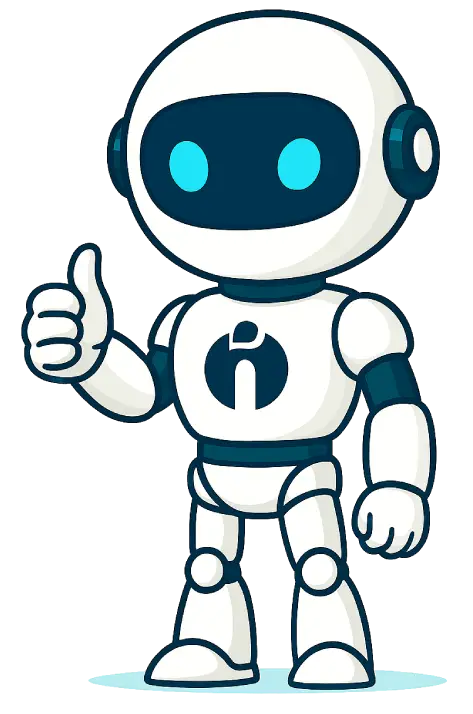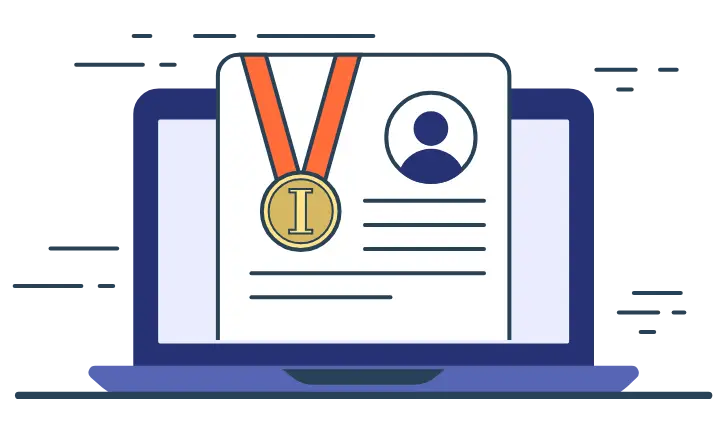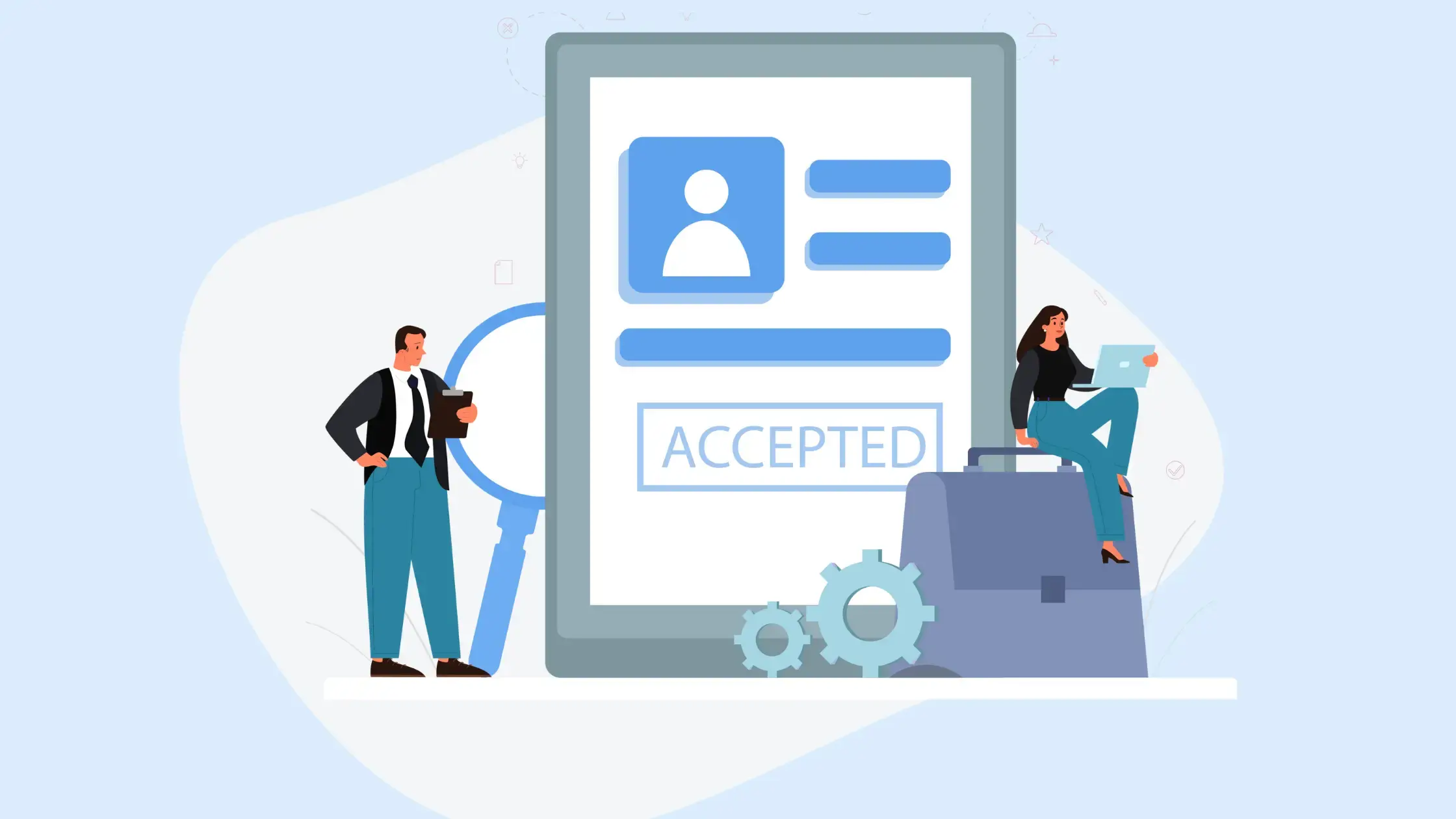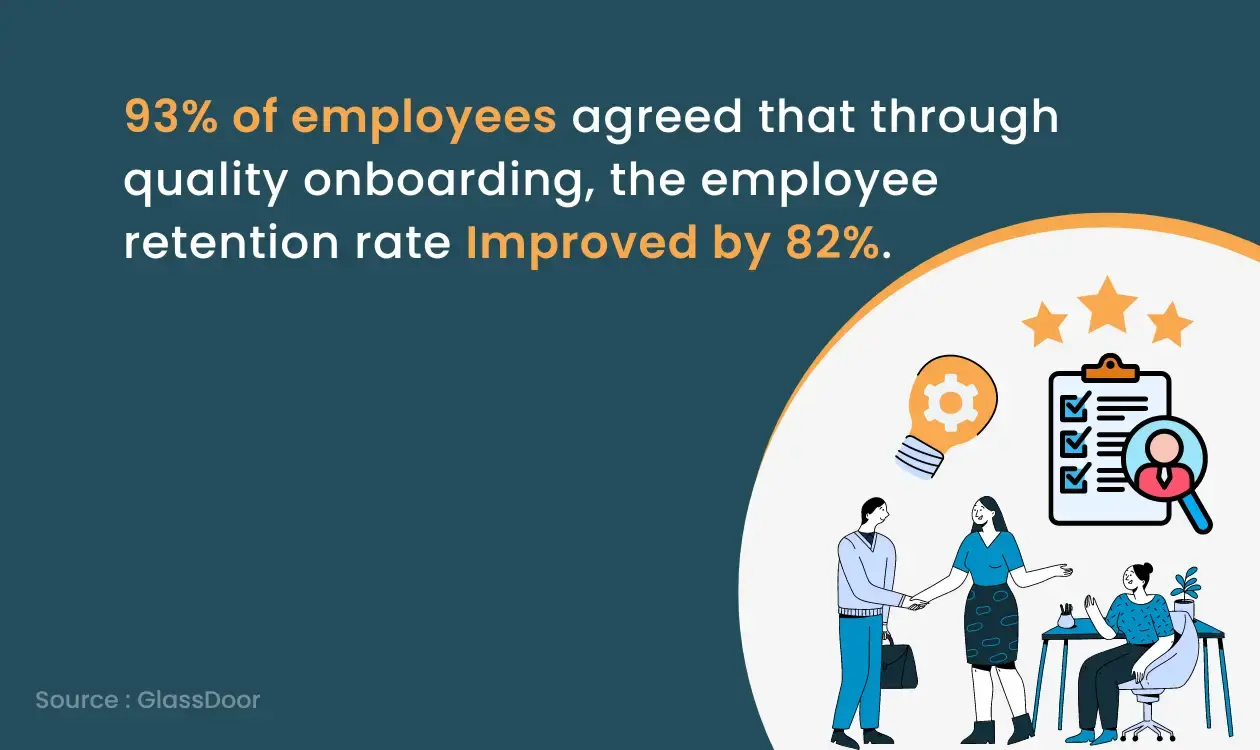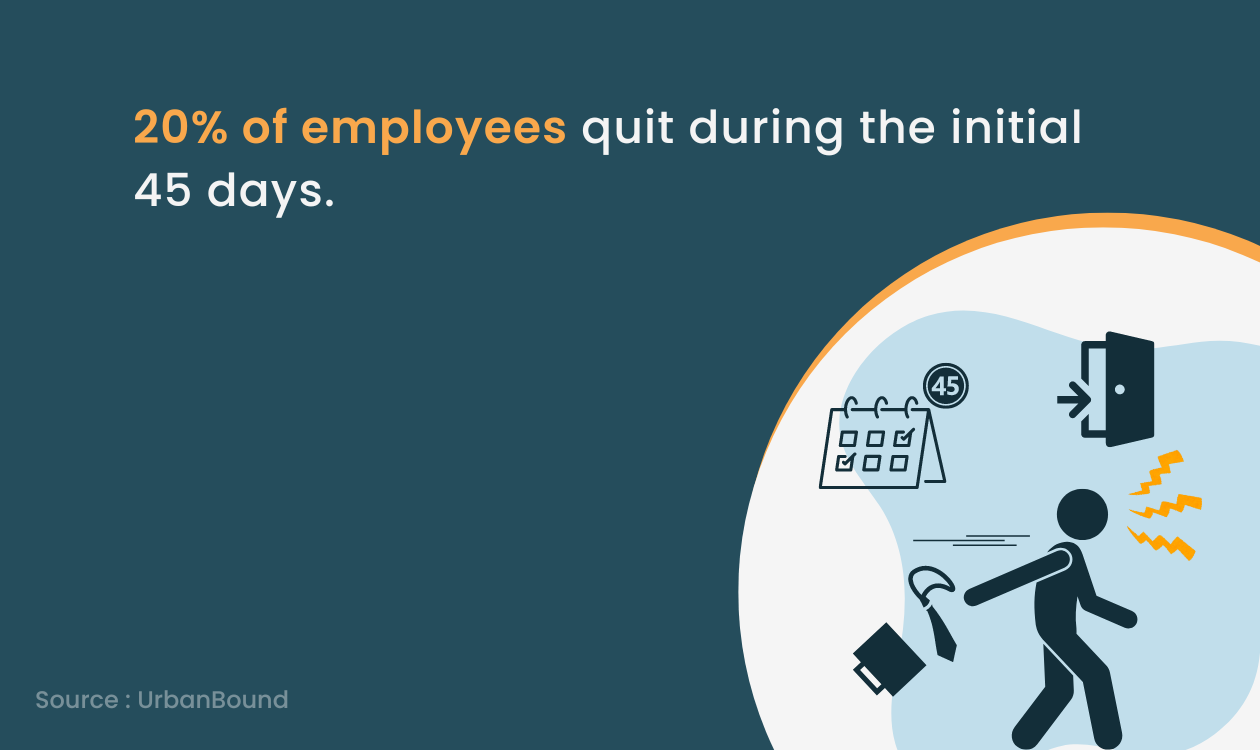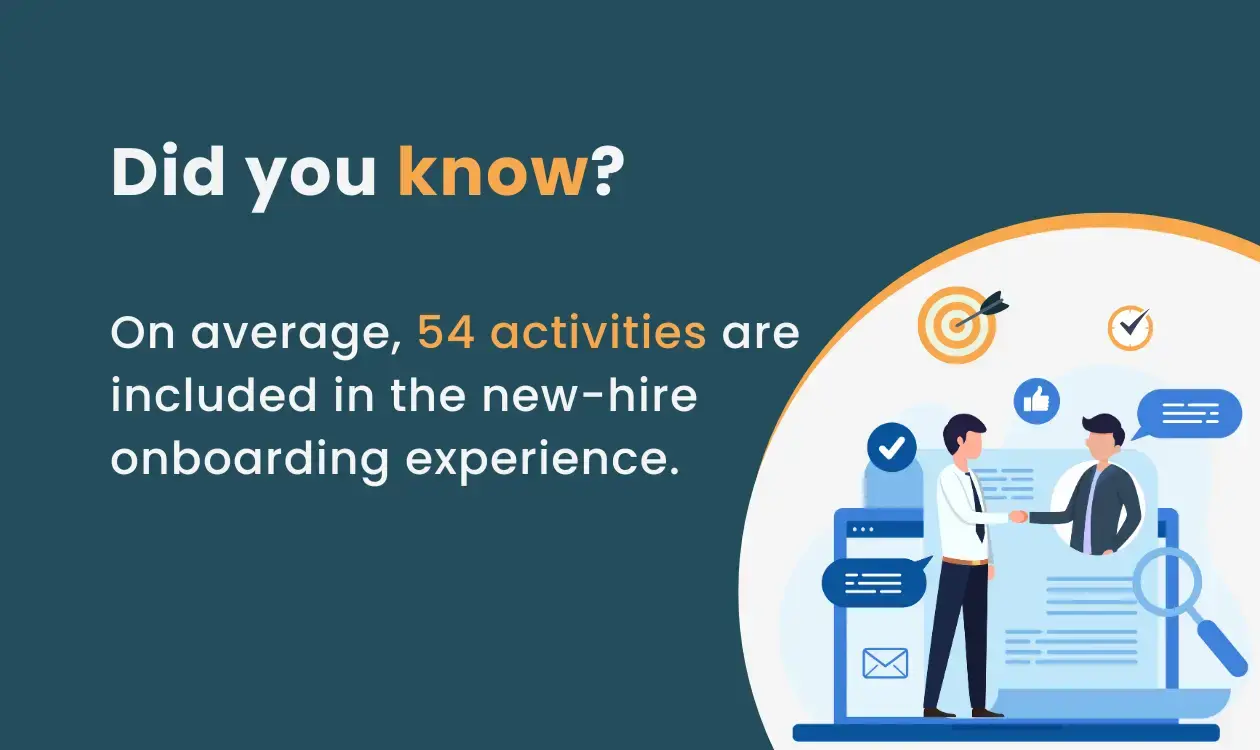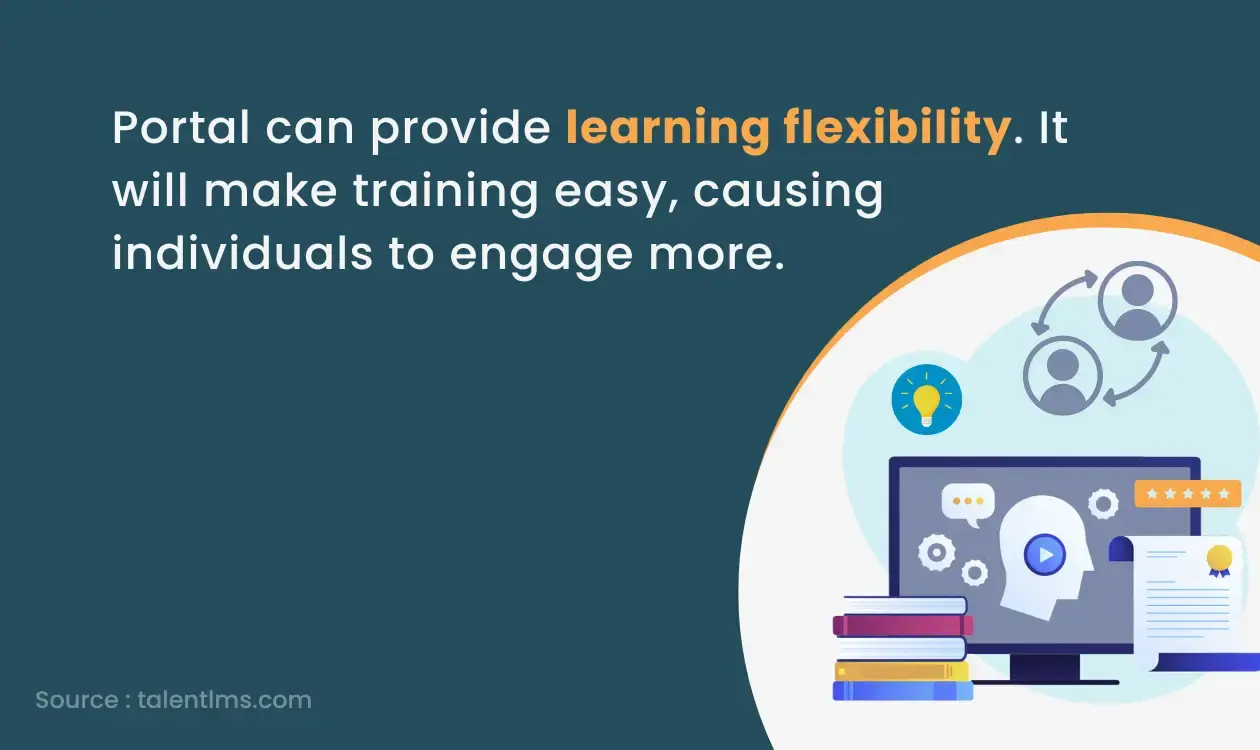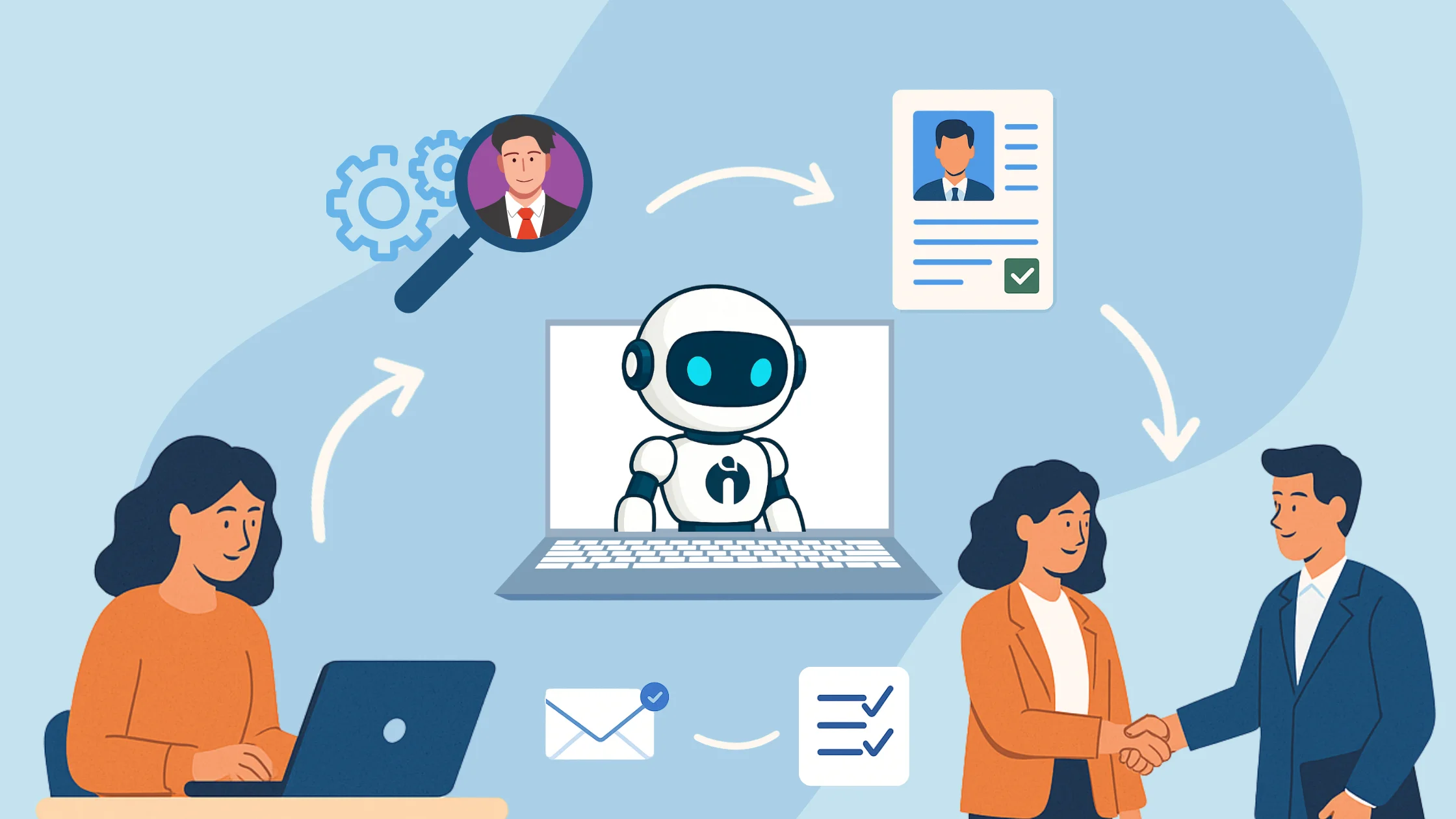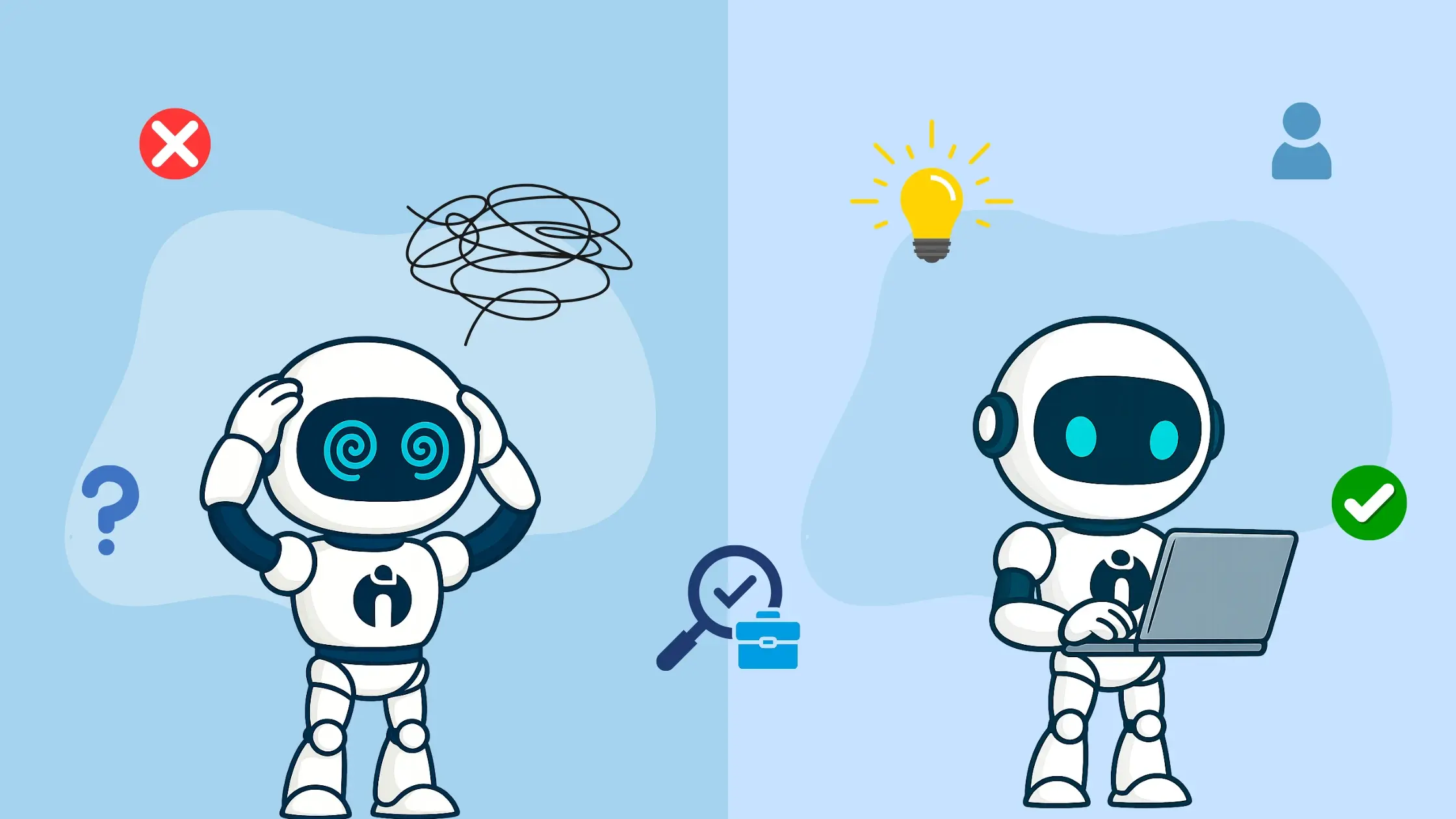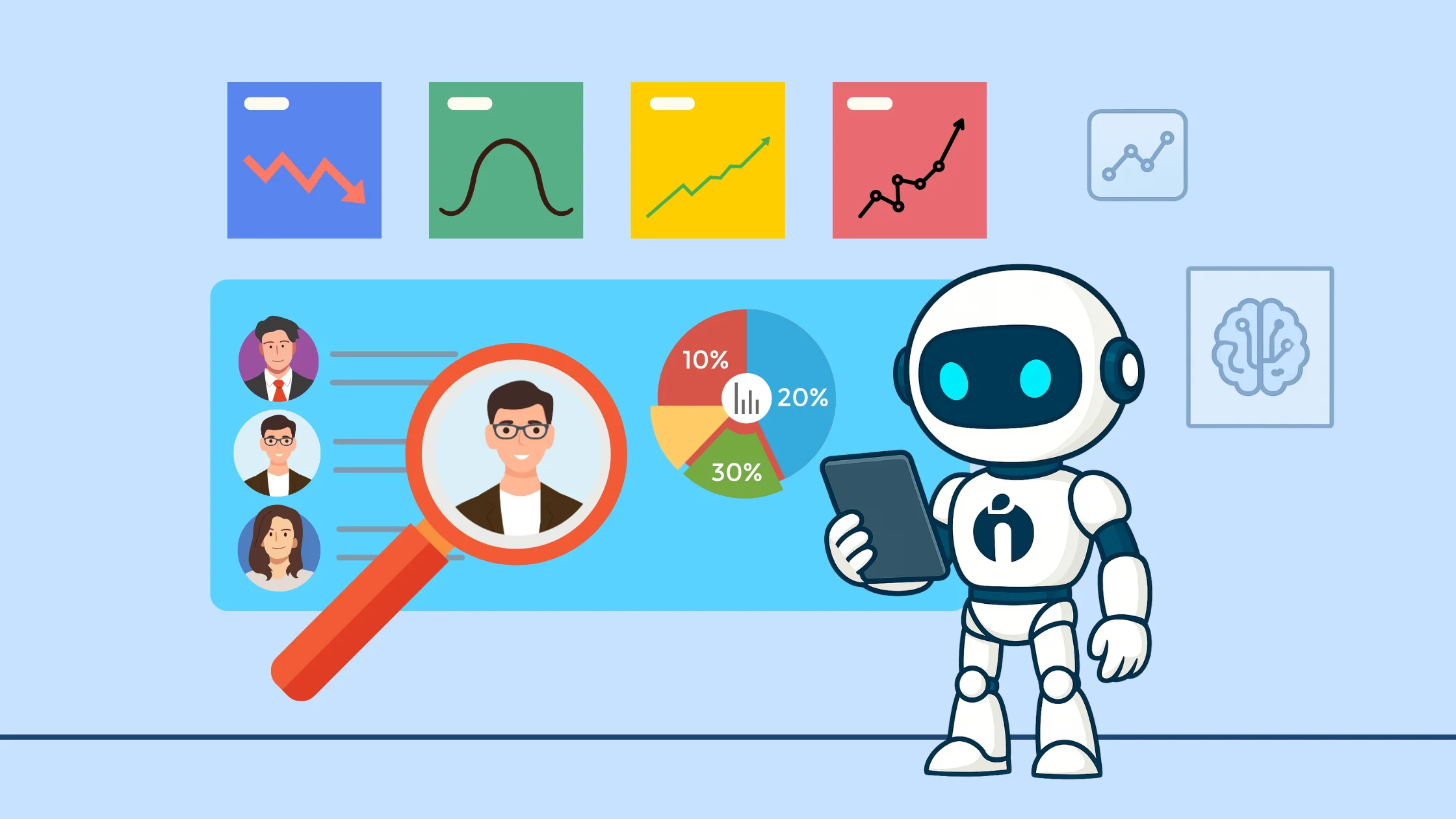TL;DR
- Using a quality onboarding portal in 2026 is essential for retaining new hires and reducing turnover costs.
- An onboarding portal automates processes, improves employee engagement, and provides a secure platform for data handling.
- Onboarding differs from orientation; onboarding is a comprehensive, ongoing process while orientation is a one-time event.
- Key features include online connectivity, tailored content, secure data management, and simplifying employee training.
As an employer in 2026, it is vital to utilise new HR practices such as the use of an onboarding portal. These help in retaining new hires after a quality recruitment process.
A new hire onboarding portal decides your turnover rate. Digitate reports with an unpleasant onboarding process; new hires are 2x more likely to seek better opportunities. It means the cost of hiring doubles as you need to fill up the vacancy again.
Also, Glassdoor research says the employee retention rate improves by 82% with a quality onboarding portal experience. According to this finding, 93% of employers agree. Thus, it is evident that you also need an employee onboarding portal along with an ATS for recruitment purposes. Why? So that talented hires do not leave. Indeed, productive employees help in generating revenues.
Before proceeding, first, let's describe an onboarding portal.
What is Onboarding Portal?
It is a feature in the ATS to onboard new employees. The online onboarding portal permits new hires to learn about your company, sign up for benefits, submit forms, etc. It helps new hires start work from day one.
The new hire onboarding portal automates all the manual onboarding processes. Its main focus is on people, processes, and paperwork. However, a formal and consistent people-focused portal works best. This being said, the Human Capital Institute reports that 74% of HR practitioners believe onboarding is underutilised, which is alarming.
The onboarding portal is your organisation's first impression of new hires. A dull portal without directions misleads. Such portals confuse the employees and mess up the whole onboarding process.
New hire onboarding is a complicated process that can last up to 12 months. No wonder thinking about the yearlong process, 20% of employees quit during the initial 45 days.
Again, recruiting the right candidate is only part of a good and productive team. The process is extensive for onboarding candidates. For better time management, you need a well-structured onboarding portal.
Difference Between Onboarding and Orientation
People usually think that these two processes are the same. However, the truth is that employee onboarding is different from orientation. The onboarding process consists of a series of events and focuses on the new hires' everyday tasks. Orientation, on the other hand, is just a part of onboarding. It familiarises new employees with the organisation and is a one-time event.
There you go, the knots untangled and confusions clarified. Hence proved, you need both to succeed in employee management.
Benefits of New Hire Onboarding Portal
The onboarding portal consists of different features. These assist your employees in better engagement, team building, mentoring, etc. However, here the question is, what are these features, and what is their importance? Let us discuss them.
1. Facilitates Online Connectivity for New Hires
Did you know? On average, 54 activities are included in the new-hire onboarding experience. Some of these activities are e-form submissions or e-signatures. Additionally, outcome-based targets are also assigned through onboarding portals. These targets can be acquiring market knowledge or completing training courses.
The onboarding portal activities break the ice for your new hires in job initiation. Once your employees get familiar with work, they would want to achieve better.
The onboarding portal is used as a medium to manage all HR activities. Having a standardised portal for all is hard to use. Therefore a customised employee onboarding portal is crucial.
2. Tailored to Meet Specific Organisational Requirements
Considering employee diversity, onboarding portals can be customised. It means no two portals are the same as reviewed by a study.
The content on the portal is managed through a content management system. Utilising this feature, you and other users can edit information and add pages, videos, and images for better employee involvement. Guess what is so unique about this feature?
It does not require technical training. If you know basic MS word, you are good to go. Your new hires will also appreciate this feasibility. They will not have to contact HR every time for any updates. Peace for both the HR department and employees!
3. Ensures Secure Employee Data and Process Handling
As an employer, you need to keep a record of different information and other employee data. The data needs security, both through access control and being backed up and protected with physical security. It should not be publicly available but only for the users. For this, the onboarding portal login requires a user id and password. The login details remain with the account holders.
So, if you are one of us, enter the login details and get in. Otherwise, no entry! Security is the priority.
4. Simplifies Training for New Employees
Employees with a demanding routine find it hard to remember different due dates and scheduled meetings. When you have a big organisation, a communication gap is inevitable. With the onboarding portal, employees can easily access their training and meeting schedules.
Similarly, to-do lists make them stay vigilant about their upcoming tasks too. Any update? Just send one reminder to notify all the members about what is next.
Besides, the onboarding portal acts as an e-learning platform. Workforce diversity means different languages, workstyles, and demographics. For this, the portal can provide learning flexibility. It will make training easy, causing individuals to engage more.
Does it not happen with all of us? If something is easy, we take more challenges for high dopamine leading to better engagement.
Onboarding software provides different and specific training courses as per the requirements. Moreover, it helps in evaluating the training needs to improve performance. The onboarding portal's purpose is to act as the online gateway to the organisation. It solves problems that could be time-consuming manually.
Best Tips For Onboarding New Hires in 2026
By now, you are well aware of the importance of an outstanding onboarding portal. Utilising these vital features is one part of an effective onboarding process. In today's time, employees want more. They want all the helpful tools and information to be efficient. To ensure productive employees stay with you, follow the tips for onboarding below.
1. Reach out to your new hire onboarding
The hiring process is complete? What is next? Just imagine being in the place of your employees. If your employer does not email you for follow-up, would that not confuse you? The same would be the case with your employees.
Make sure you do not give them the silent treatment; instead, send them a welcome message. Tell your employees what is needed next or the office they need to visit etc. Having no word from the organisation will create a misimpression. Rather than always looking for information, employees would look for better opportunities. Think about it.
2. Put updated content on the onboarding portal
With the outbreak of Covid-19, most organisations have executed work-from-home policies. It means no physical interaction. Here, the onboarding portal is all that the employees have. Make sure, as an employer, you upload updated content that explains work well. It could be documents or videos, and pictures that visually put out your requirements.
With every new project, you would not want to stay on-call every time to explain work to each individual. It would disrupt your productivity too. Also, in case you are unreachable, then your employees' work would delay. Who would suffer then? Your organisation would.
3. Communicate with new hires
Rather than just burdening your employees with work, communicate with them. Take their valuable feedback to know how you can improve. You never know what you are missing out on that could further refine your onboarding process. Chats through your onboarding portal can facilitate communication.
These can also be group chats for team bonding and teamwork. New hires' perspective about you and their comfort is very critical for the whole onboarding process. You can even allot mentors for each new hire to address their issues. Thus, communication through the onboarding portal is a way to keep a check on your employees. Employees wouldn't feel helpless in times of need.
How to Integrate Onboarding Portals with Existing HR Systems?
Integrating your onboarding portal with existing HR systems can make a big difference. You can smoothly bring new hires into your organisation. Let me break it down for you.
First off, Your onboarding portal is the main place for new employees to find their first tasks, training materials, and important company information. It's where they go to get started with their new job.
You also have different HR systems for things like payroll, benefits, and performance reviews. To make everything work well together, you should connect these systems so they can share information and work seamlessly.
Here’s how you can achieve that:
-
Identify Your Key Systems: Start by listing out all the HR systems you currently use. This might include your HRIS (Human Resource Information System), payroll software, and performance management tools. Knowing what systems you have will help you figure out which ones need to be connected to your onboarding portal.
-
Choose Integration Points: Decide what information needs to flow between your onboarding portal and these systems. For instance, you might want new hire details to automatically update in your payroll system or other tools.
-
Work with Your IT Team: Integration can sometimes get technical, so collaborating with your IT team is crucial. They can help ensure that the data flows correctly and securely between your systems. They’ll also be able to handle any technical issues that arise.
-
Test Everything: Before rolling out the integration, do a thorough test to make sure everything works as expected. Check that data transfers correctly, updates are timely, and there are no glitches. It’s better to catch and fix issues before new hires encounter them.
-
Train Your Team: Once everything is set up, make sure your HR team is familiar with the new integrated system. They should understand how to use the onboarding portal in conjunction with the other HR tools, so they can manage new hires effectively.
By integrating your onboarding portal with your existing HR systems, you streamline processes, reduce manual data entry, and create a smoother experience for both your new hires and your HR team.
Is it Time to Buy the Online Onboarding Portal?
Let's sum up the chat about the Employee Onboarding Portal for 2026.
This isn't just some boring software; it's a game-changer for welcoming new folks to your team.
With this tool, the onboarding process becomes smooth and enjoyable, making a great first impression on your new hires.
It's also a lifesaver for HR teams. Plus, it's not just about the first day or week; this portal supports continuous learning and engagement, making sure everyone feels valued.
In simple terms, the Employee Onboarding Portal 2026 is like a friendly guide that helps new team members navigate their new workplace. It's easy to use, saves time, and makes the whole onboarding experience a lot more fun.
So, if you're looking to step up your onboarding game, this is definitely something to consider. It's not just about keeping up with the times; it's about creating a welcoming, supportive environment where everyone can thrive.
FAQs - Frequently Asked Questions
What is an onboarding portal and how does it help new hires?
An onboarding portal is an online platform that helps new employees learn about their company, complete tasks like form submissions, and start work confidently. It makes the first day easier and keeps everything organised, enhancing employee experience.
How can iSmartRecruit improve the onboarding process?
iSmartRecruit offers a customised onboarding portal that simplifies HR activities and communication. It ensures seamless processes, secure data handling, and provides tools for training, all tailored to your organisation's needs for better employee engagement.
What are the benefits of integrating an onboarding portal with existing HR systems?
Integration streamlines multiple HR functions by connecting payroll, benefits, and performance tools with the onboarding portal. This reduces manual work, improves data accuracy, and creates a smooth experience for HR teams and new hires alike.
Why is effective communication important during onboarding?
Good communication builds trust and comfort for new hires. Using chats and feedback features in the onboarding portal encourages team bonding and addresses issues early. It helps employees stay engaged and feel supported in their new role.


